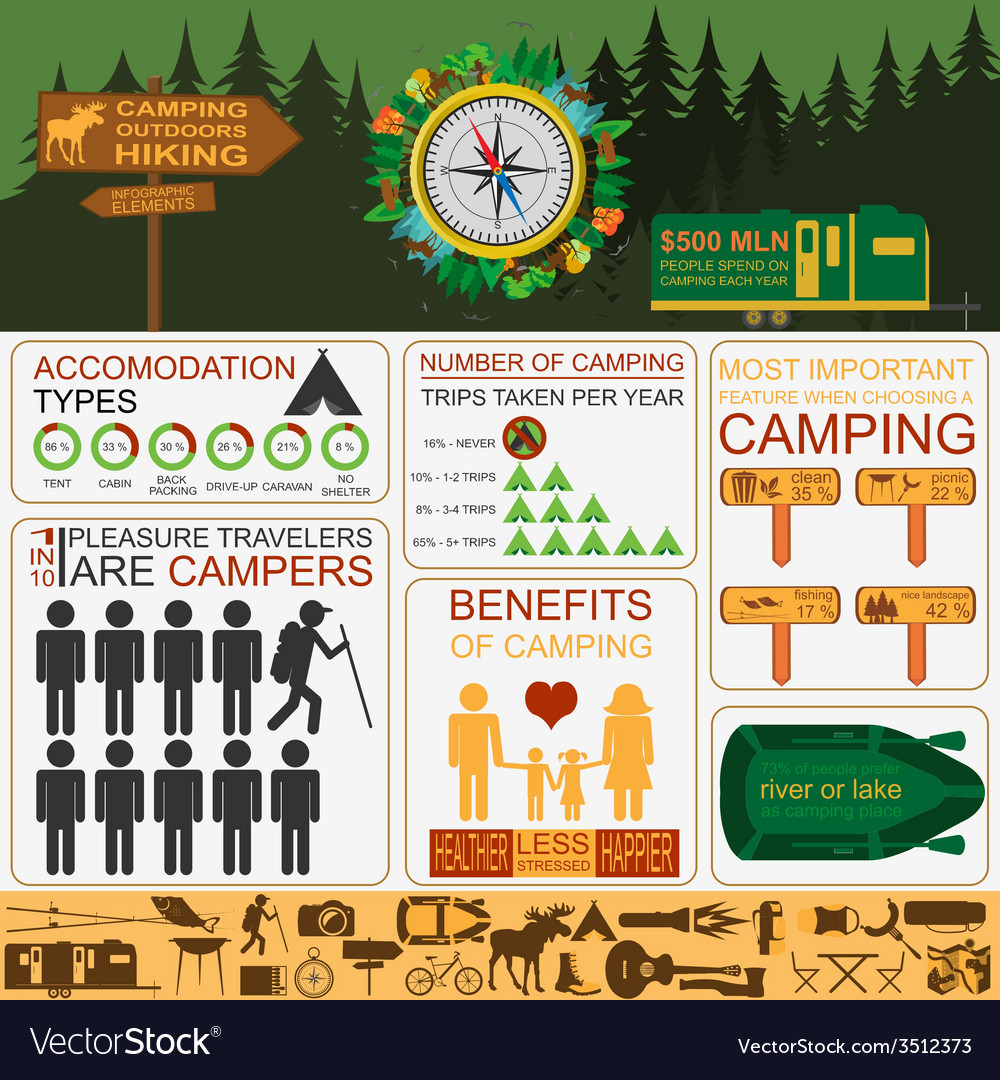Range jacks are necessary to secure camping tent range use, keeping cold air, rain, snow, insects and even flammable combustible materials out of the tent. But, they're not without their pitfalls. Read on to learn more about typical mistakes campers make when suitable their stove jacks, and exactly how you can avoid them at your camping area.
Product Compatibility
When shopping for a stove jack, make sure it is made from heat-safe products. The textile made use of to make the jack must likewise be durable and breathable, which will help to keep the outdoor tents cozy and completely dry when it's in use.
Once you have actually located an oven jack that works with your tent, it's time to decide where you wish to install it. Normally, it's ideal to place the stove in the center of the camping tent to assist maintain all locations cozy and cozy, but it is very important to stay clear of positioning it straight up against a tent wall because this is a fire risk. Likewise, take into consideration just how very easy it will certainly be to reach your stove when refueling and cleaning up in the middle of the night.
Range jacks are pretty easy camping gear, but they are extremely vital for securely utilizing an outdoor tents oven in any kind of climate condition. By putting in the time to pick the proper dimension and appropriately mount your cooktop jack, you'll be ready for a comfy outdoor camping experience!
Oven Pipeline Size
The size of your range pipe is essential to guarantee appropriate hunting venting and to avoid a fire hazard. A small size pipeline will certainly function fine in many tents, but a larger one need to be made use of with a heavier-duty canvas outdoor tents or a Tipi.
When it pertains to figuring out the suitable placement of your range, the center of the tent is usually the most effective selection. This will help keep the whole camping tent warm while reducing the potential for smoke to leakage around the sides. It likewise helps prevent warmth from surprising from the range and into flammable products like walls or ceilings.
When it comes to wall surface and flooring security, NFPA requires at the very least 36" of clearance from flammable walls. This can be reduced by utilizing an oven shield and a single-wall stovepipe with an insulated thimble (if entering into the ceiling, attic or roof). Constantly consult your woodstove maker's owner's manual to find out more about proper installment.
Oven Pipe Size
Besides not being directly up against the wall surface of the camping tent (where it could be a fire danger) there isn't truly an incorrect location for a stove jack. It's simply a matter of choice, depending upon how very easy it will be to grab refueling and exactly how close it will be to the entryway of your tent.
Nonetheless, if you install your pipeline as well way out from the oven, cold air and rainfall will have the ability to blow in around the outside of the pipeline. This isn't perfect, as it will certainly make starting your cooktop and keeping an excellent draft challenging.
To figure out just how much flue you'll need, gauge the distance where your camping tent's cooktop will rest to your chimney opening. After that subtract 2 inches because each area of pipeline overlaps. The number you get is the quantity of pipe you'll require to buy. Luckily, installing oven pipes isn't difficult and calls for minimal devices.
